15 Colourful Clownfish Facts!
You've probably seen Finding Nemo, and maybe you've even seen them in an aquarium - but how much do you really know about clownfish? Learn it all, right here!
Clownfish are pretty tiny creatures - they're usually only about 4.3 inches long, and weigh no more than 200g. But even so, they're one of the most popular animals in the world! Read on to learn all about everyone's favourite aquarium resident - their strange homes, their love of cleaning, and the major aspect of their life that Finding Nemo got VERY wrong! Don't forget to check out some of our other fabulous animal facts, too - learn all about goblin sharks, albatrosses, and the animals of the Antarctic!
1. They have a strange BFF
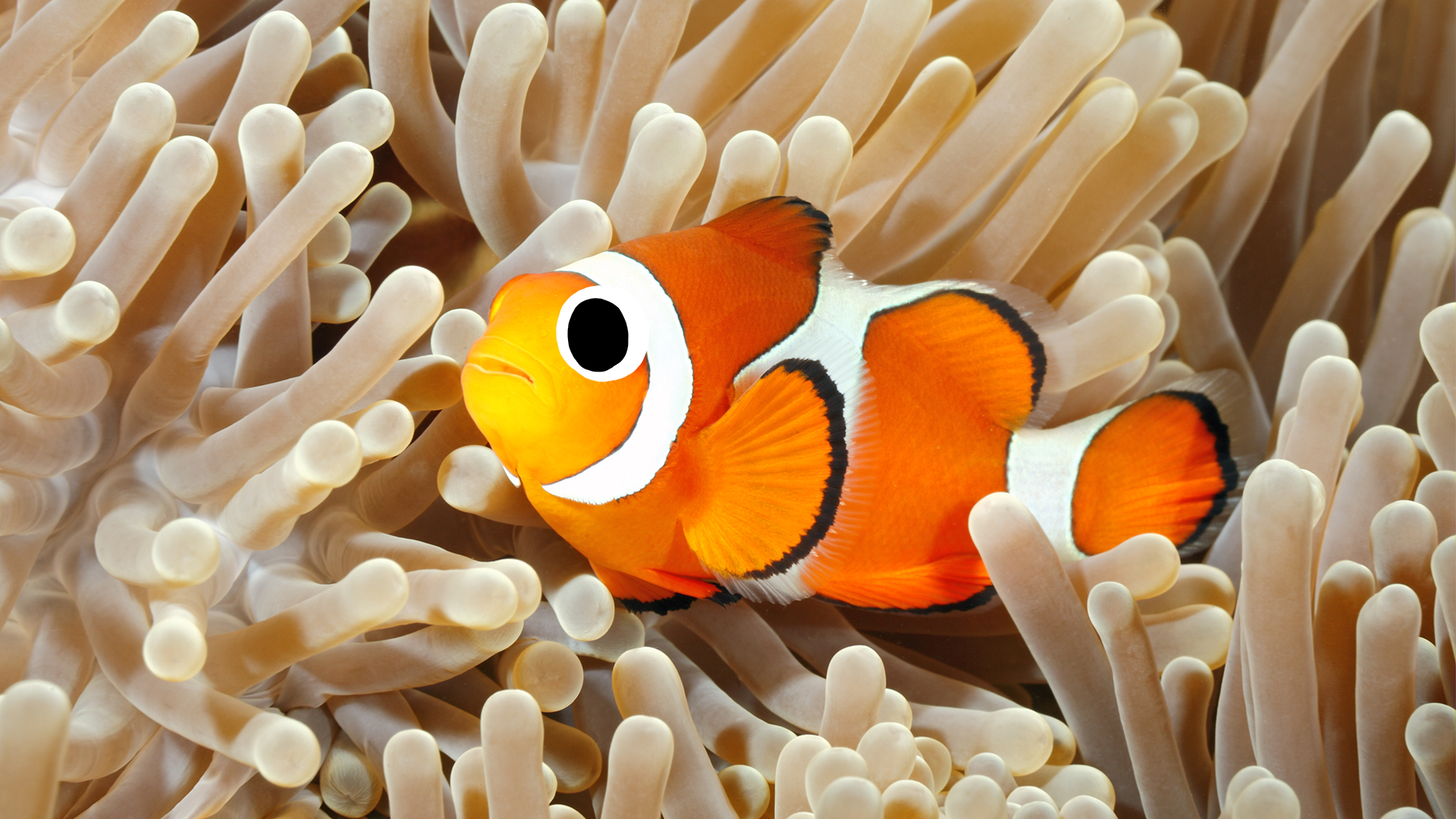
Clownfish are anemonefish, which means that in the wild they form a symbiotic relationship with an anemone. A symbiotic relationship is when two organisms do favours for each other - so, for example, caterpillars of the Large Tortoiseshell butterfly feed on nettles and are protected from predators by the nettles' stinging hairs. In return, the caterpillars help to pollinate the nettles. Clownfish have a very special relationship with their anemone. The anemone gives the clownfish protection from predators, and in return the clownfish's bright colours attract prey towards the anemone. Clownfish poo is also nutritious to anemones!
2. And a weird home!
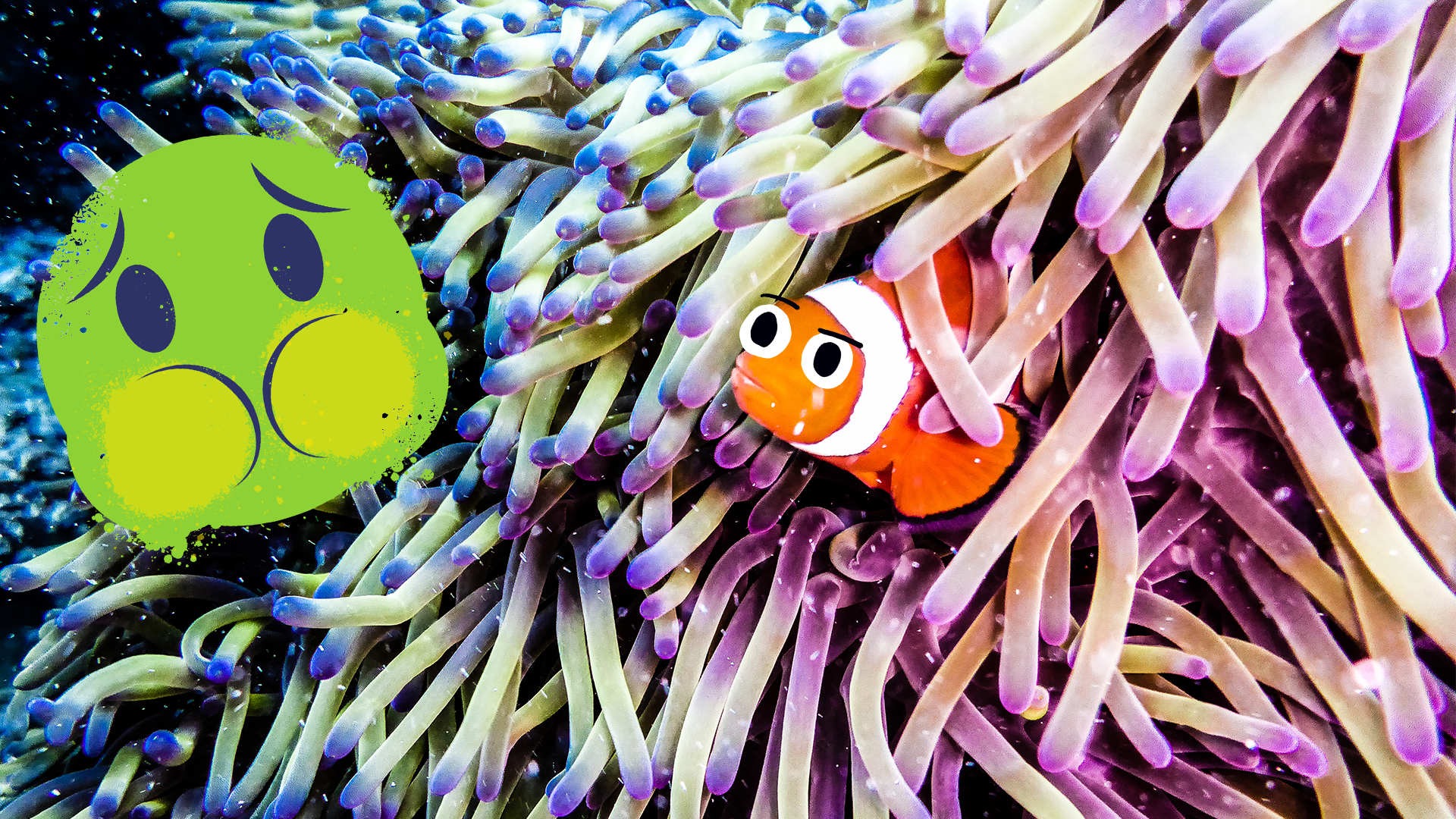
That symbiotic relationship shows up in the clownfish's living situation! Clownfish make their nests in sea anemones, which are venomous to many species, but clownfish have a special weapon. Their skin is coated in a mucus that makes them immune to the anemone's stings - imagine if you had to coat yourself in snot before you could go into your house, and also imagine your house could eat you, and you've got a pretty good idea of what it's like to be a clownfish! It's thought that the anemome doesn't eat clownfish because the mucus is made of a sugar rather than a protein, so the anemone simply doesn't recognise the clownfish as food.
3. They're very distinctive
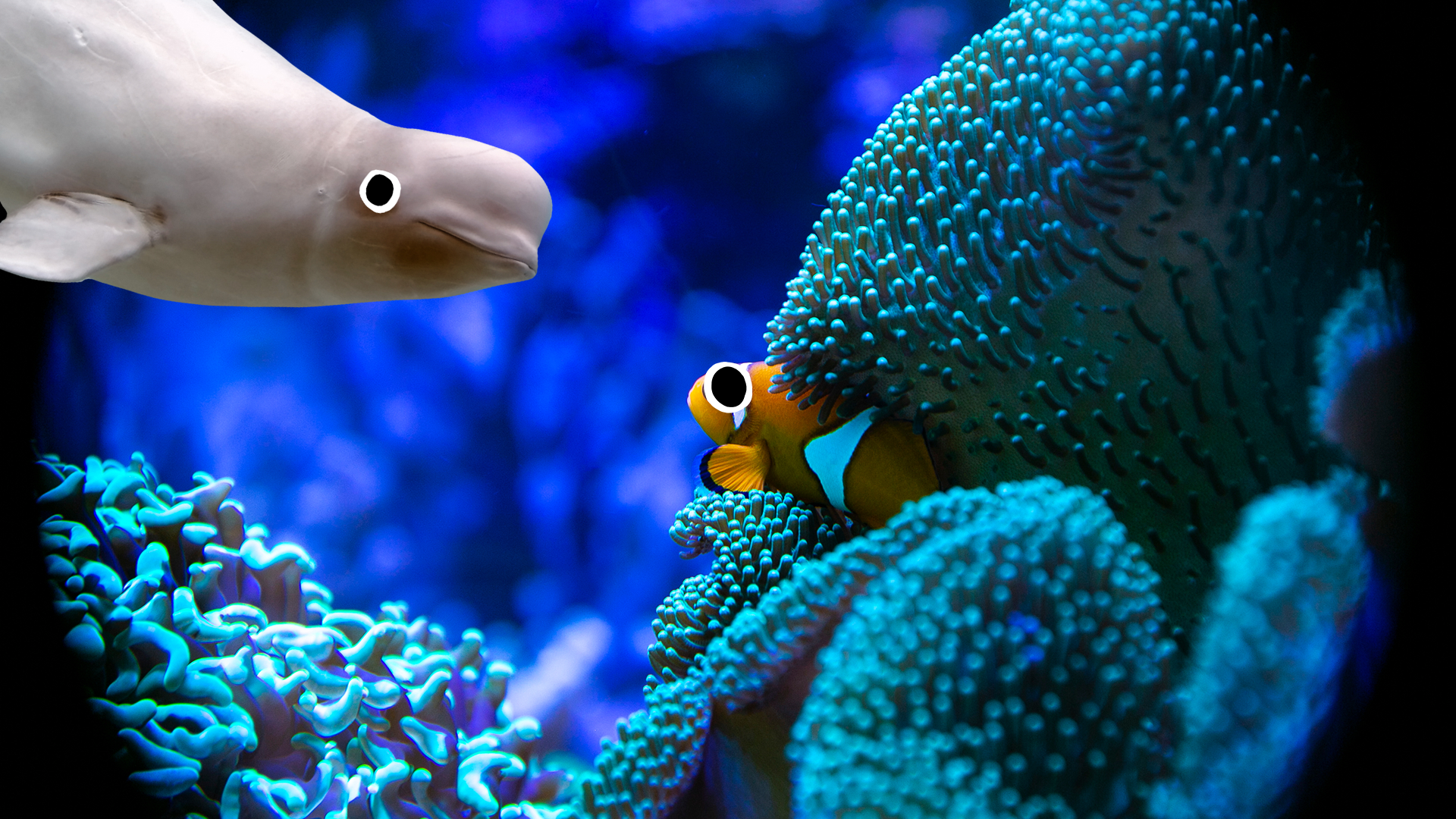
Clownfish are some of the most recognisable animals in the entire world, let alone the ocean! They have characteristic orange scales with three white stripes along their body. They don't even try to camouflage themselves, which makes them easy to spot. But, even when you think you've seen a clownfish, you might not be right...
4. They have a twin!

Don't be fooled by the false clownfish, which is a totally different type of fish! The latin name for a clownfish is Amphiprion percula, while the false clownfish is Amphiprion ocellaris. They look almost identical at a glance, but if you look closer you'll see the false clownfish is different. It has darker eyes, thinner black stripes, and 11 dorsal spines instead of 10!
5. The ladies are in charge
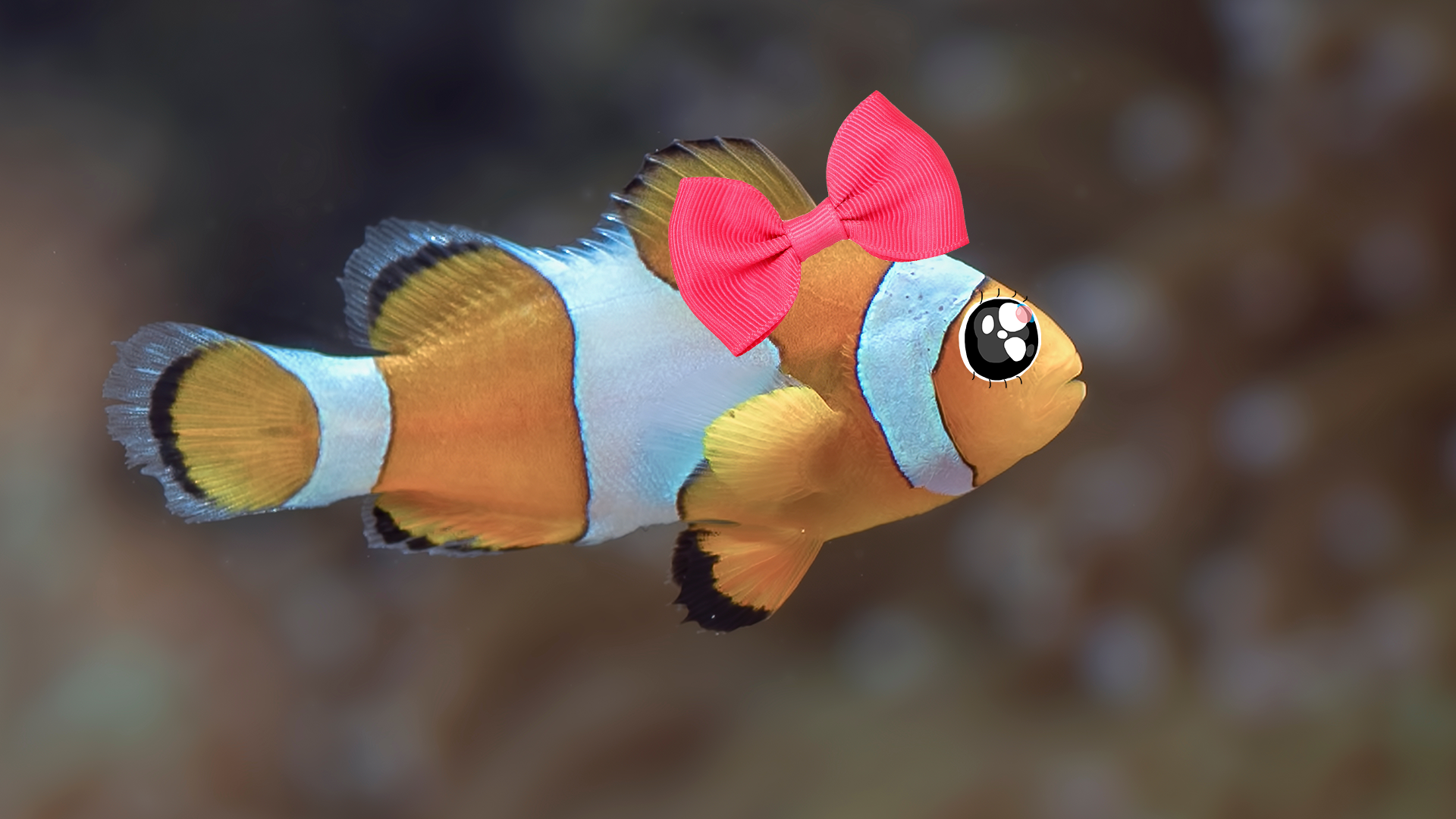
Female clownfish are larger than the males, and are more dominant in their social groups. In the colony the largest fish will always be a female, and she's the one in charge! She'll live with a male partner and also some male juveniles, who do the busy work in the colony. That doesn't sound like there are a lot of lady clownfish around, though - buckle up, because there's a good reason for that!
6. They're hermaphroditic
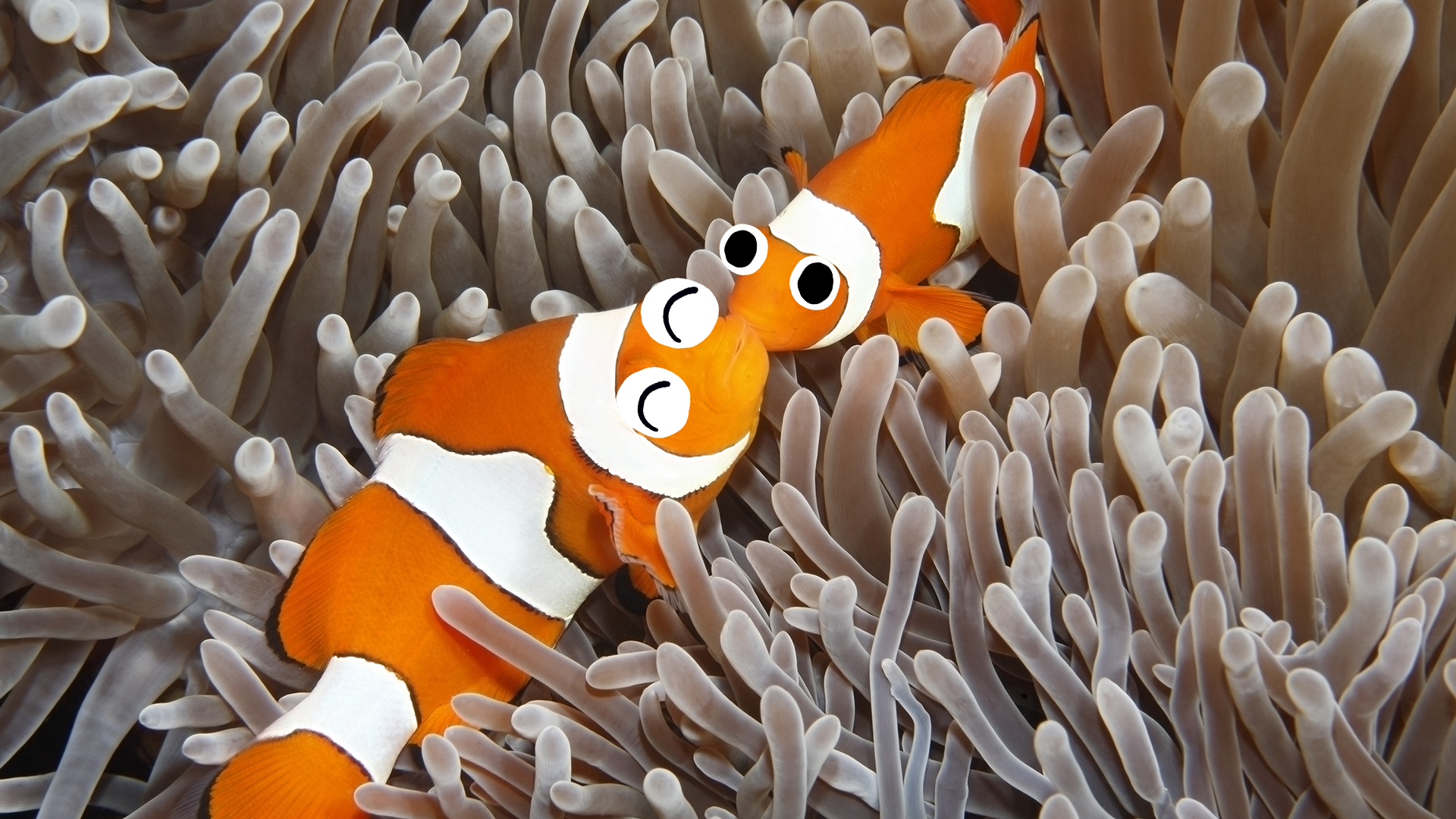
Now this is fascinating! A hermaphrodite is an animal that has both male and female parts, so it can use either of them to reproduce. Clownfish are especially interesting, because they are all born male and can become female. If the dominant female of the colony dies, her male partner will turn into a female, and the biggest male juvenile will become her new partner. That's right - if Finding Nemo was biologically accurate, Marlin would have turned into a girl at the beginning of the film!
7. You won't find them in the Pacific
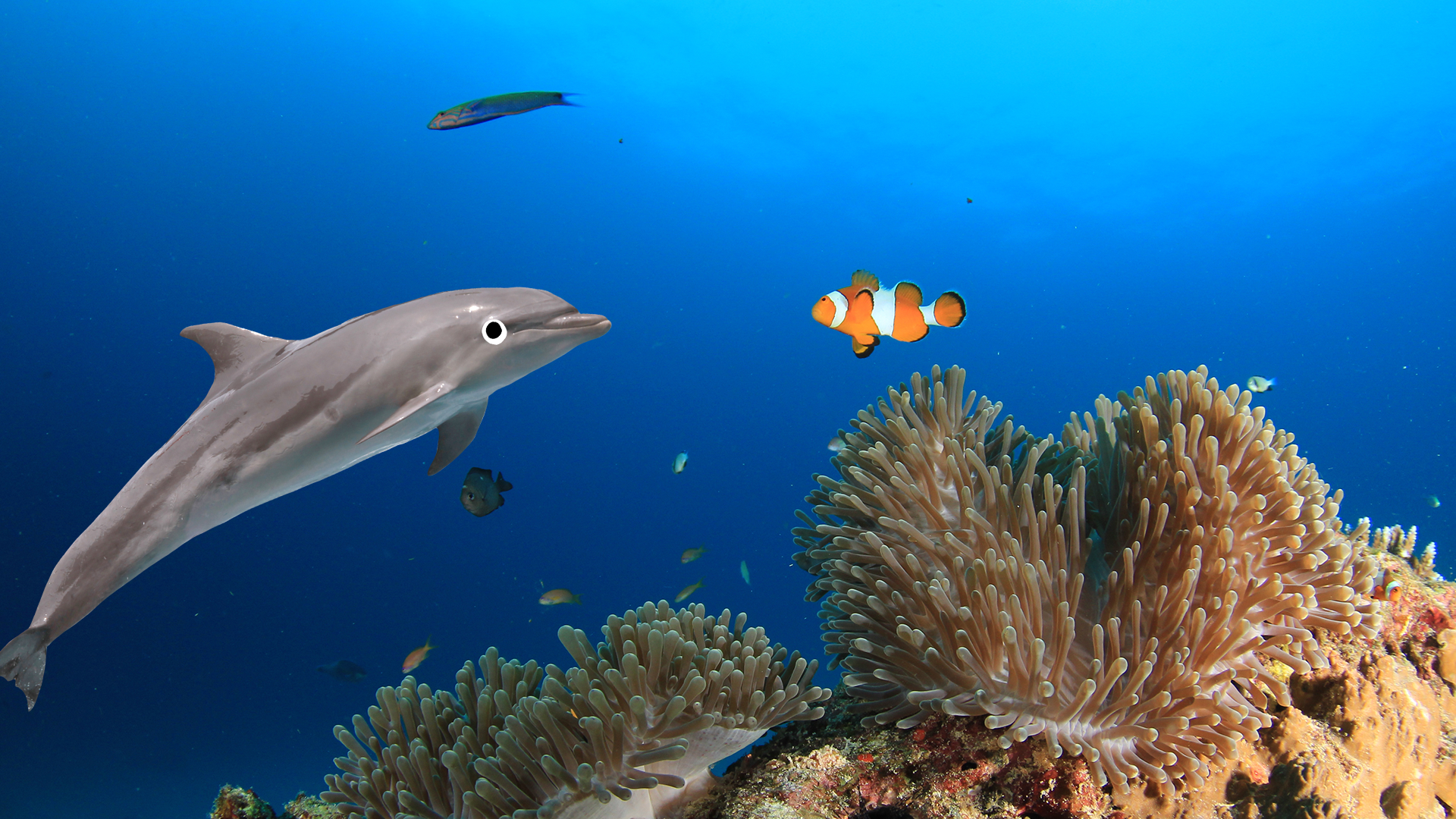
If you want to see a clownfish but stay in the UK, you'll have to go to an aquarium, because you won't find them in our colder waters! Clownfish live in warm, shallow seas and lagoons. They're msot commonly spotted in the warmer parts of the Indian Ocean, the Red Sea, Southeast Asia, Japan, and Australia!
8. They're clean!
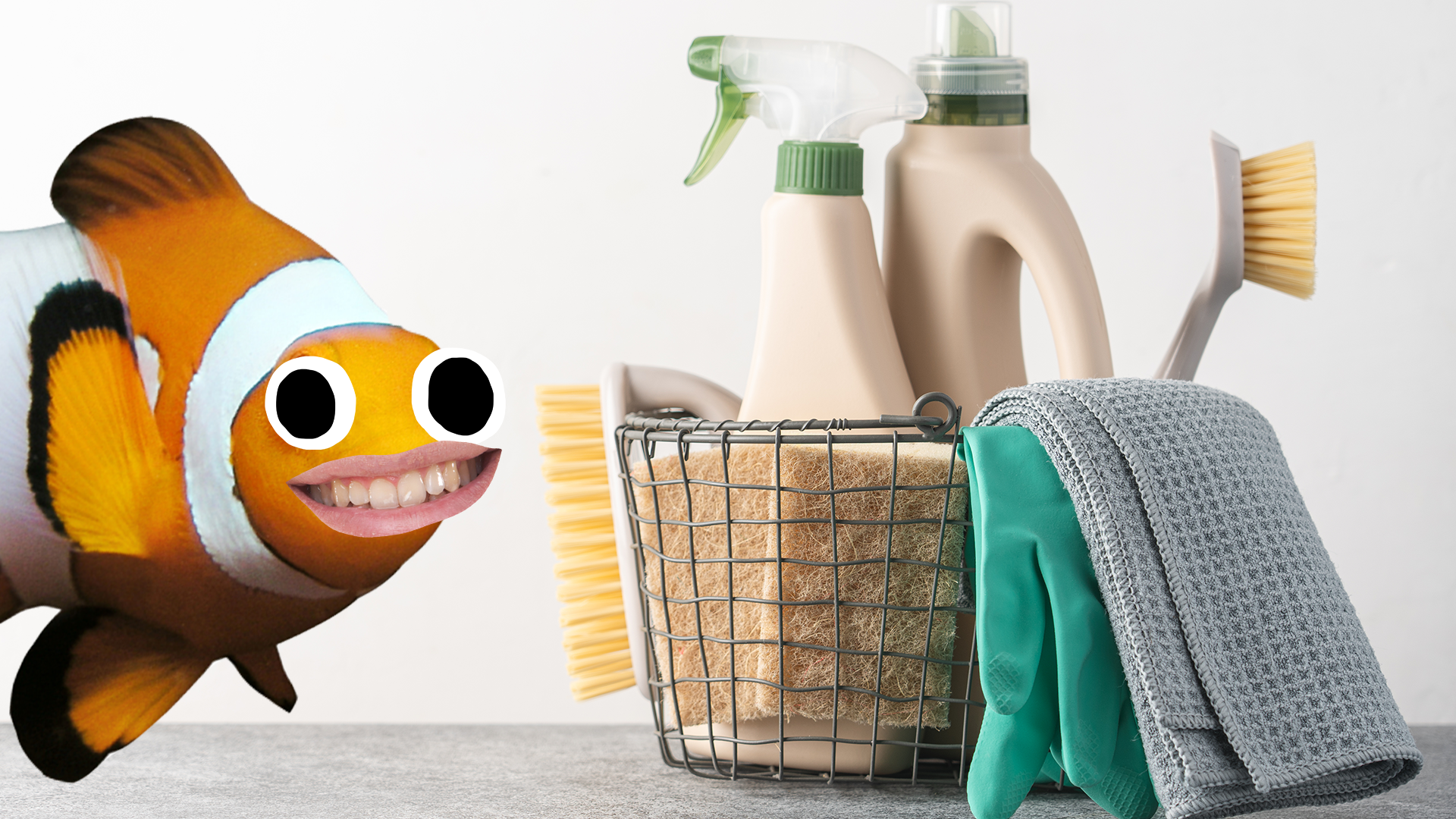
Clownfish are great tennants for their anemones - not only do they provide food and protection, they also love a spot of housework! When it's time to lay eggs, the fish will meticulously clean a spot at the base of the anemone for them.
9. They're good dads
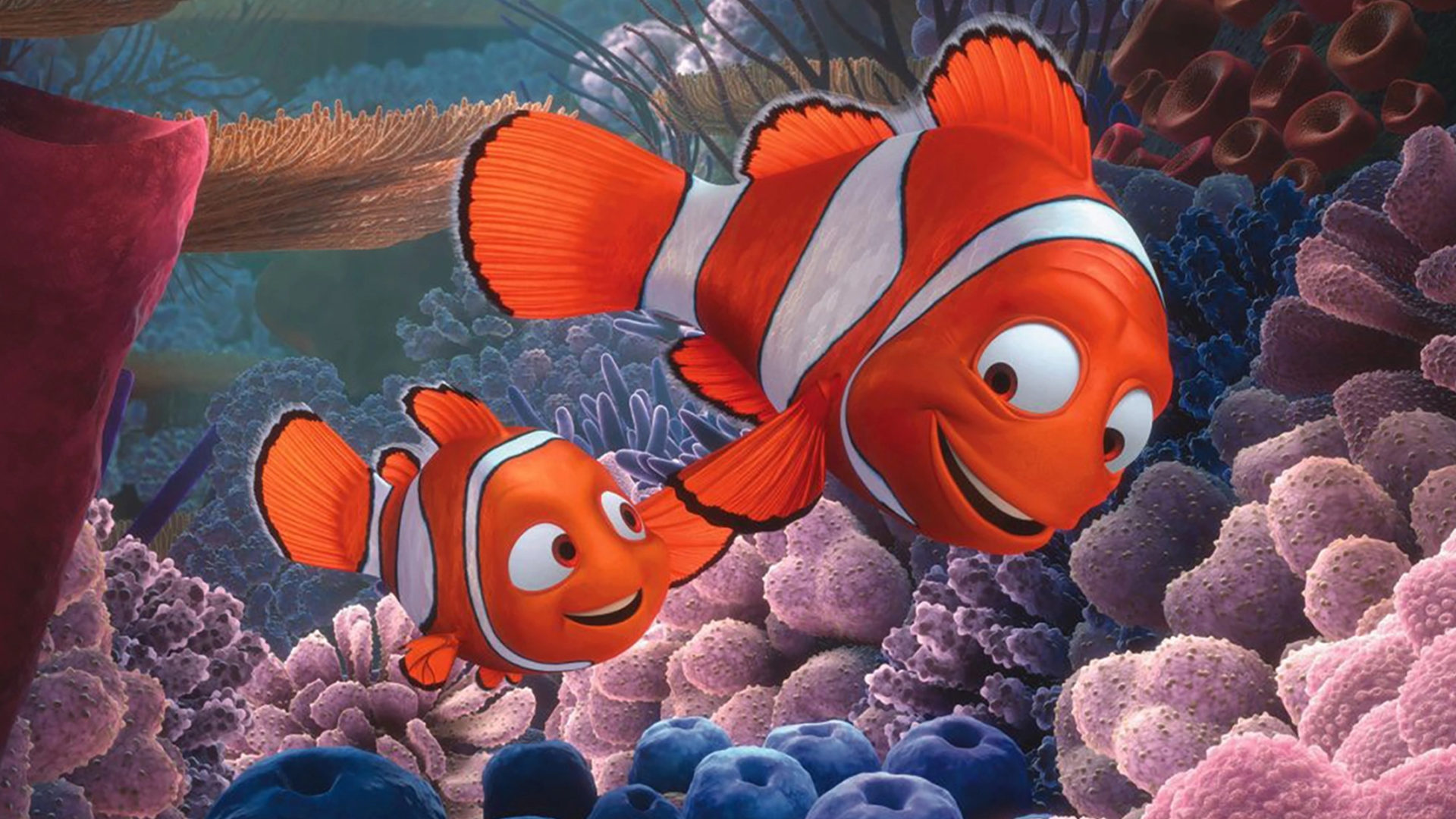
You probably already picked this up from Finding Nemo, but clownfish dads are very involved with their kids! The male clownfish look after the fertilised eggs (which is also what penguins do) by fanning the water with their fins to give them a steady supply of fresh oxygen. They also guard them from potential predators.
10. They can talk!
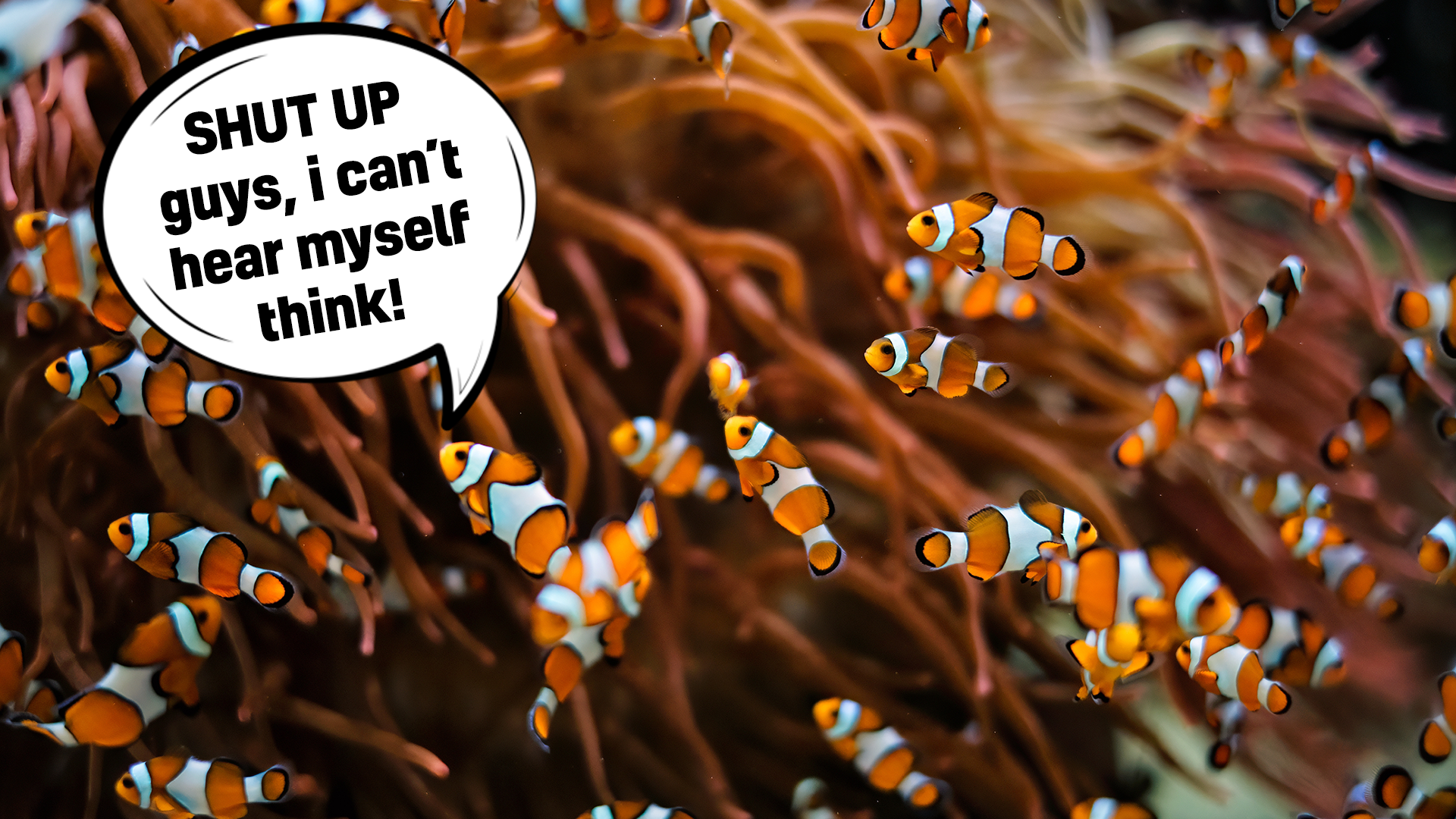
You probably don't associate vocalisation with fish, but as a social animal, clownfish are really quite chatty with each other! They communicate by clacking their teeth together, which makes popping and crackling noises. Scientists think their language is related to dominance - clicks are made to big fish, and pops to smaller ones.
11. They're feisty!
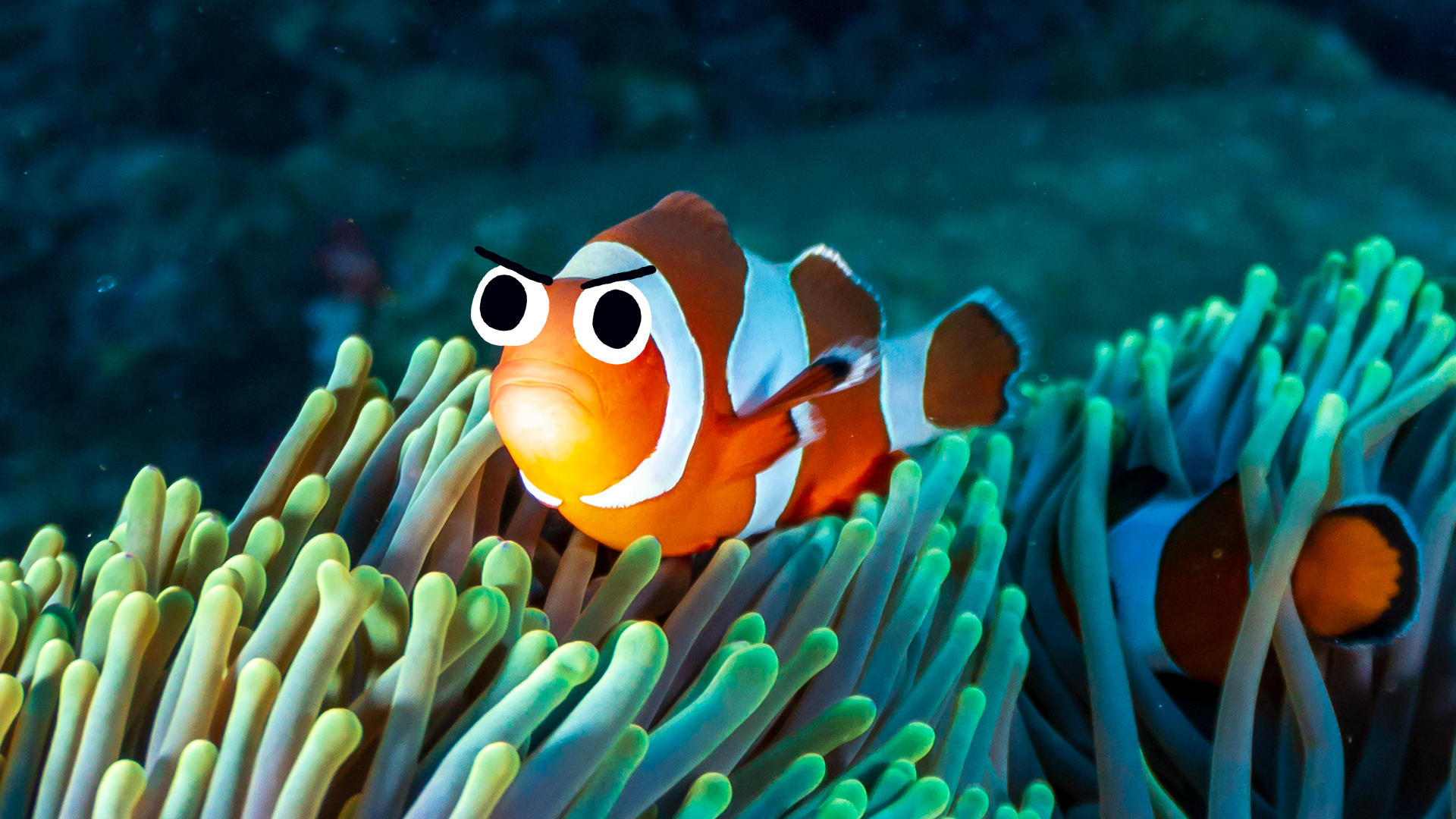
Clownfish are very good at defending their homes, and they've been known to get shirty with divers who they think are threatening their nest! They'll chase potential predators away, and can even give you a tiny nip if you're really annoying them. Their bites are totally harmless to humans, but if you find yourself scuba diving, remember to give the clownfish some space!
12. They're camera-shy
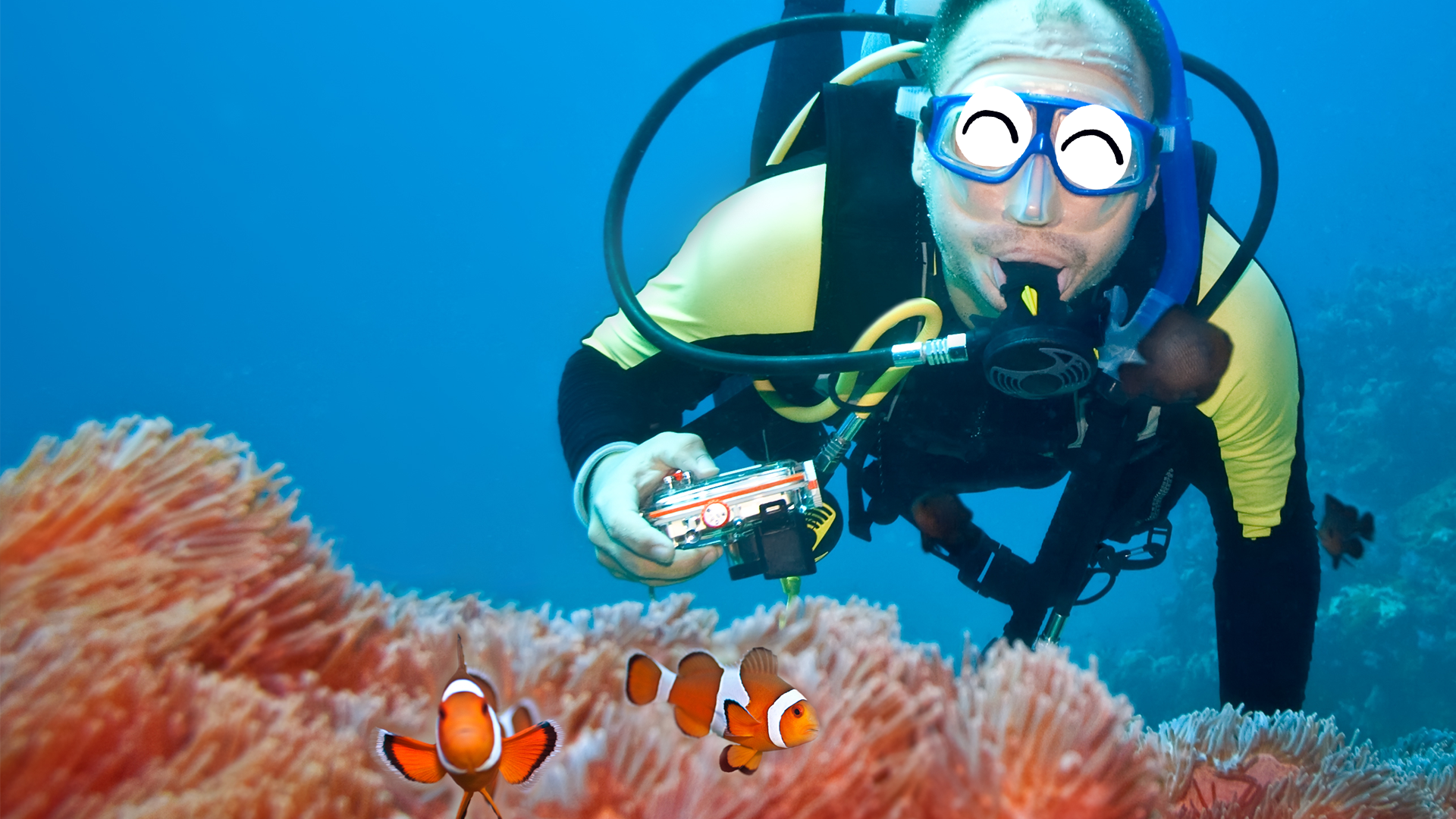
Clownfish are one of the most popular sea creatures to photograph in the wild, but they're also one of the trickiest! Divers have noted they have a habit of waiting until their finger is on the camera trigger, and then swimming out of sight! They're probably just being shy and not intentionally messing with people - it's funny to think they might be, though!
13. They lay eggs all year round
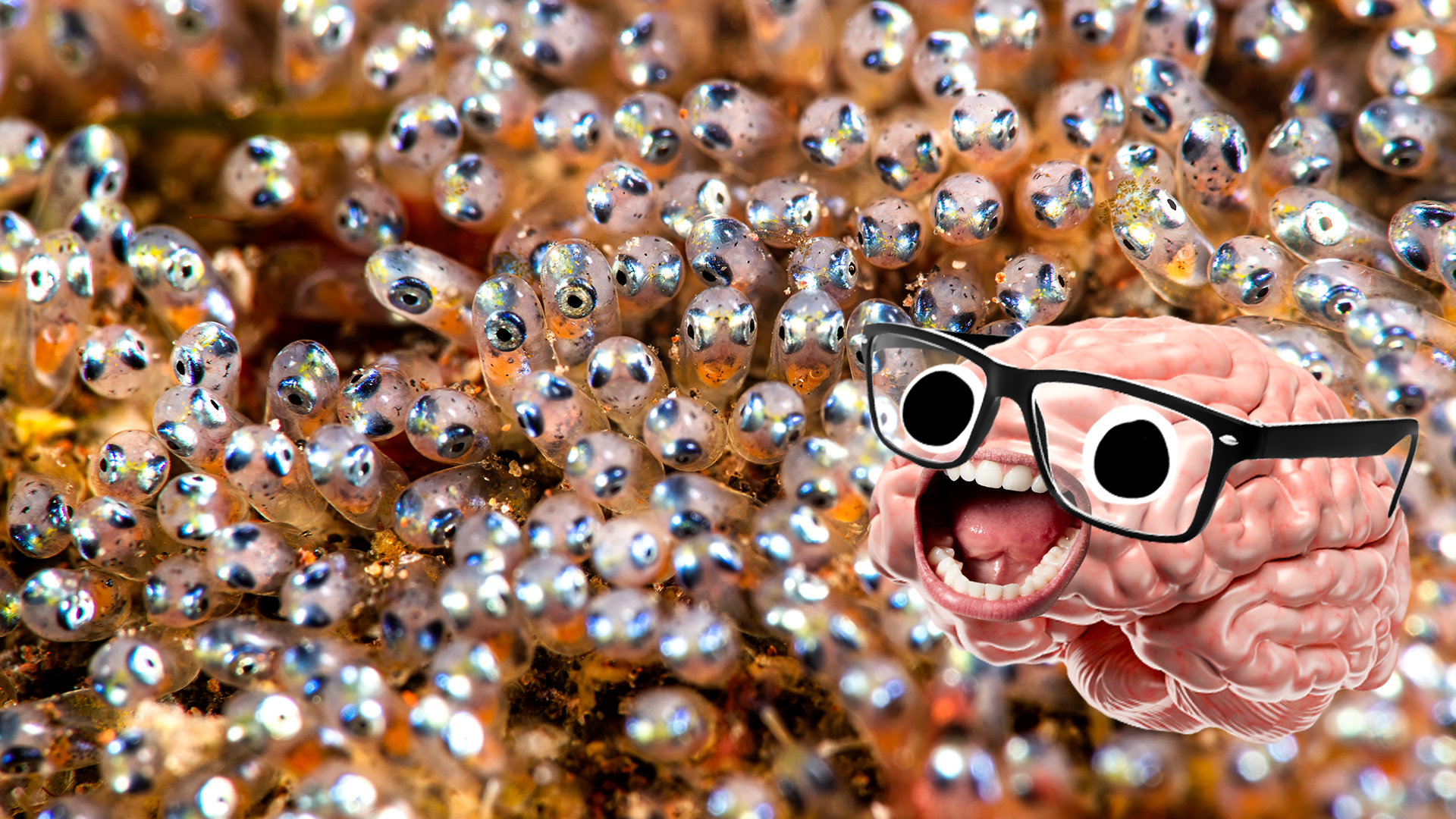
Unlike a lot of animals, clownfish don't really have a breeding season - they're good to go at any time! Their reproductive cycle does seem to sync up with the lunar cycle - eggs tend to hatch at either a full or a new moon. Scientists aren't completely sure why, but it may have something to do with spring tides. Females can lay thousands of eggs at a time - and if any are damaged or left unfertilised, the male will eat them!
14. They're very popular pets
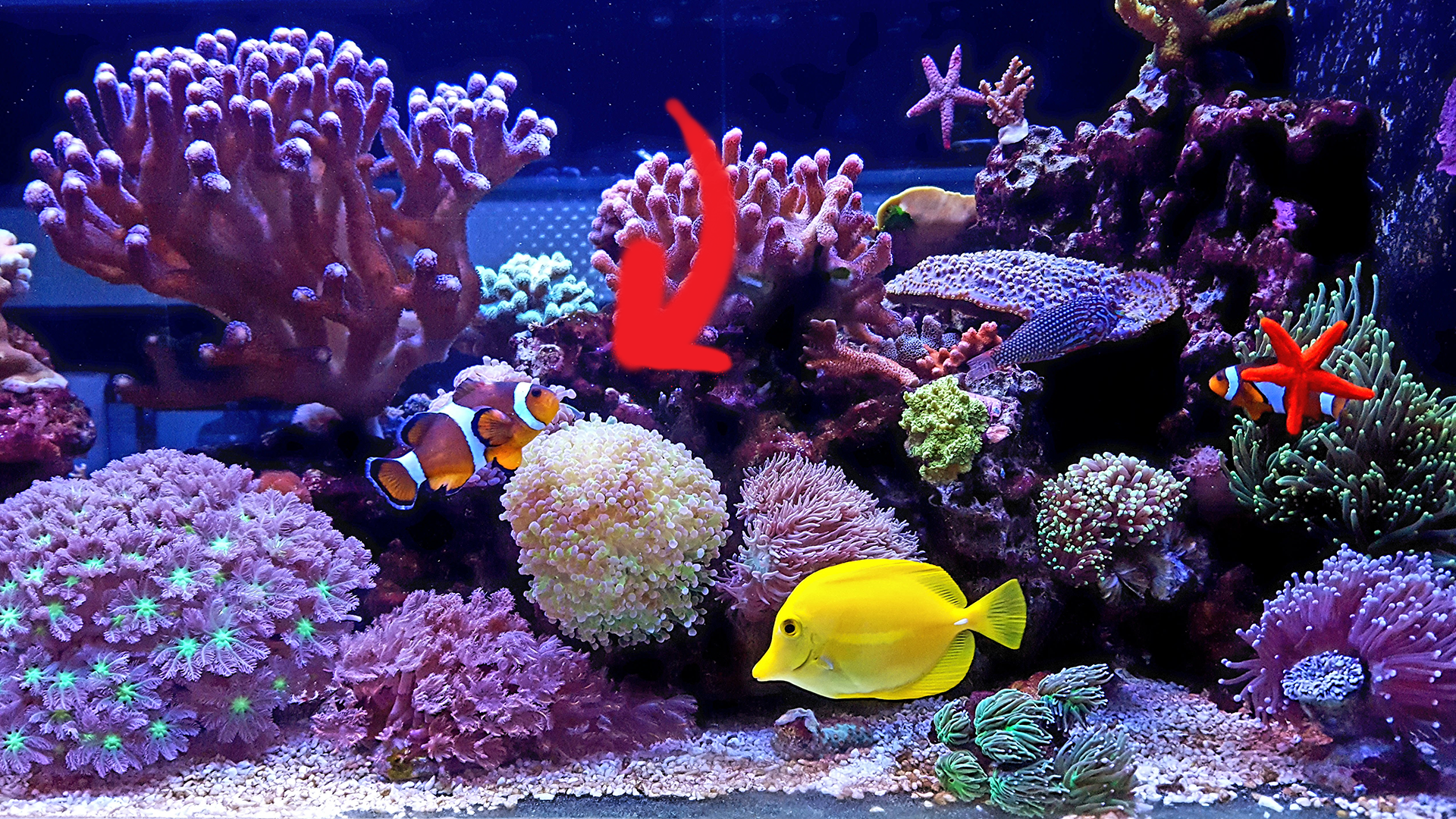
Clownfish are some of the most popular aquarium fish in the world - if you've ever visited an aquarium, you've almost definitely seen some! Their popularity shot up once Finding Nemo came out, and there was an enormous increase in wild clownfish being captured (which is kind of the opposite message of the film!). Anemonefish make up about 43% of the global trade of ornamental fish - and not all of them enjoy life in a tank. One species in particular, the maroon clownfish, becomes very aggressive when held in a tank. If you want to keep a pet clownfish, it's very important to make sure you attend to their needs. A small tank won't be enough!
15. Their environment is in danger
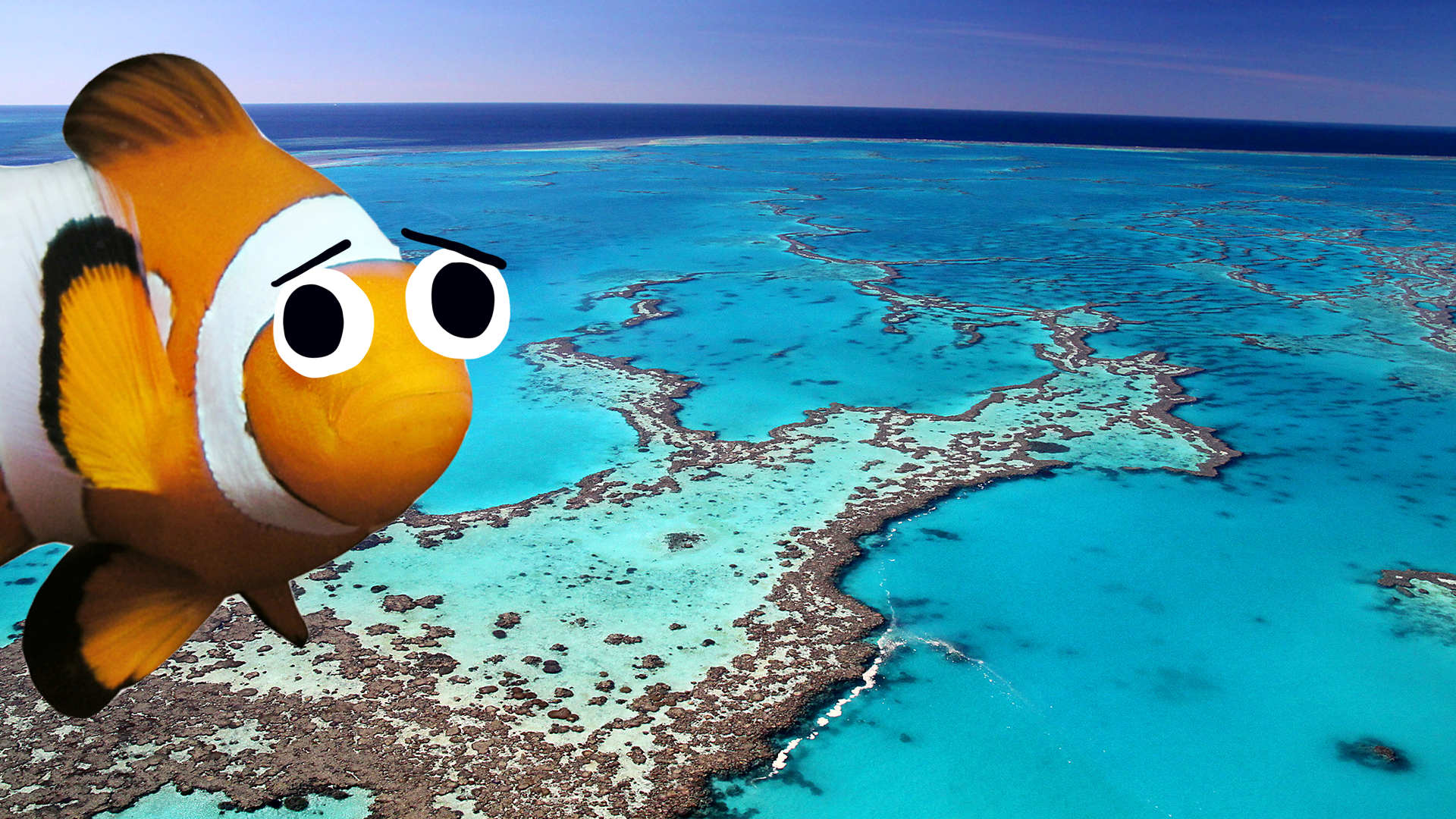
There are about a thousand species of anemone, but only 10 of them make suitable homes for clownfish. They can't survive without their homes - it's already tricky for young clownfish to find their own anemone to move into! Environmental threats to anemones mean that clownfish populations may decline dramatically in the future. You can help by reducing your use of single-use plastics, joining local environmental groups - and if you go diving near a coral reef where clownfish live, make sure you go with an eco-friendly tour group!















